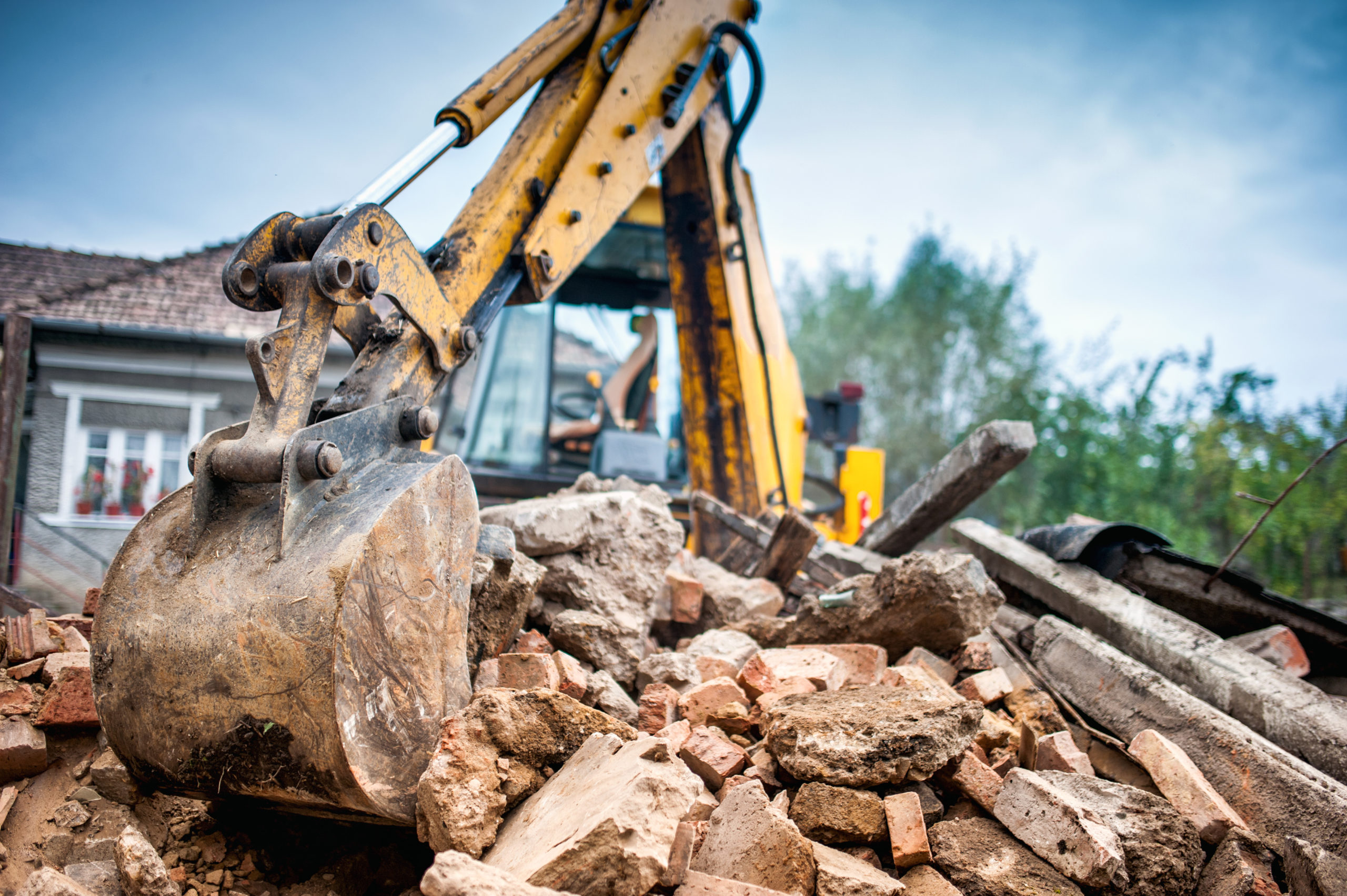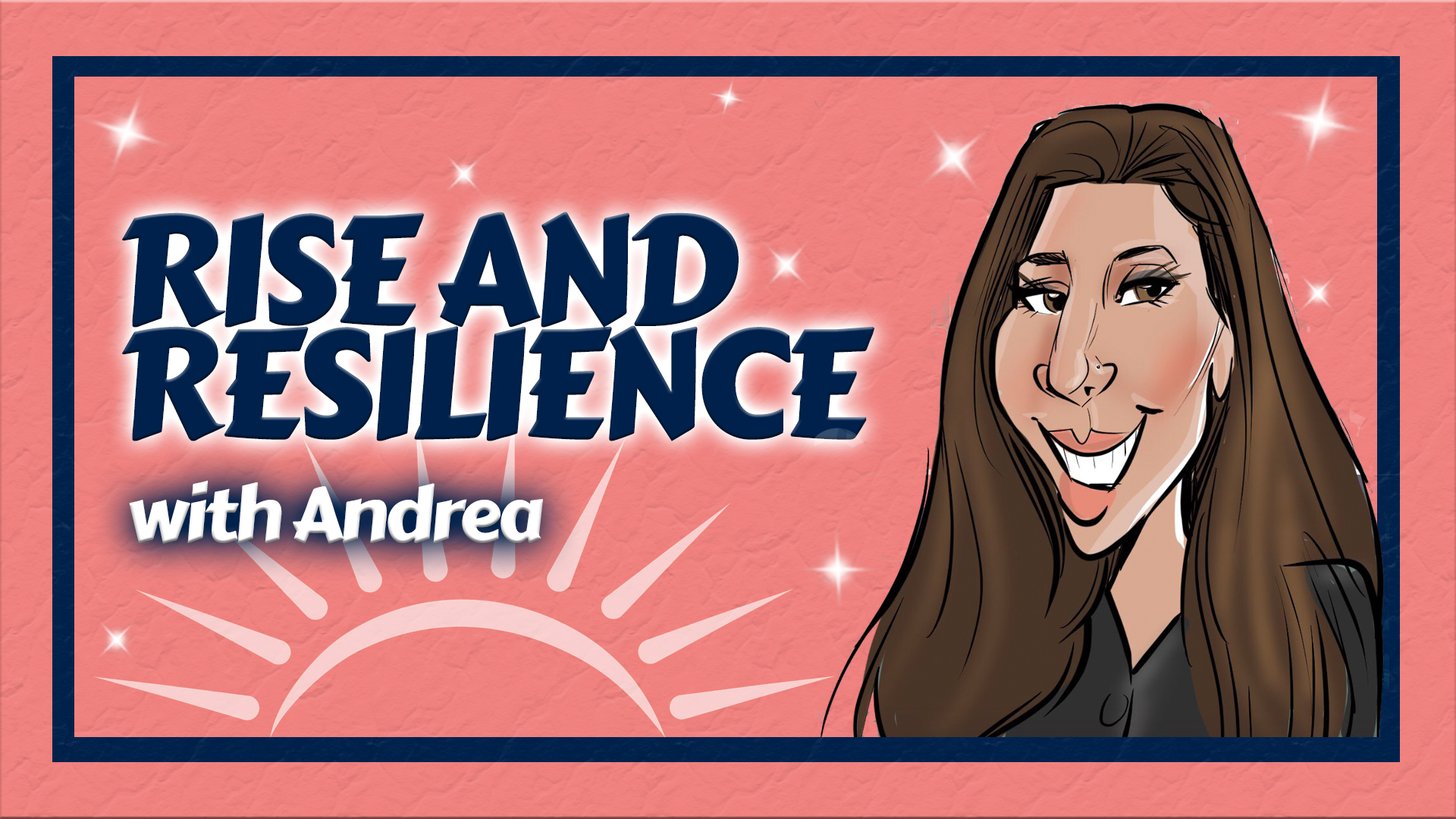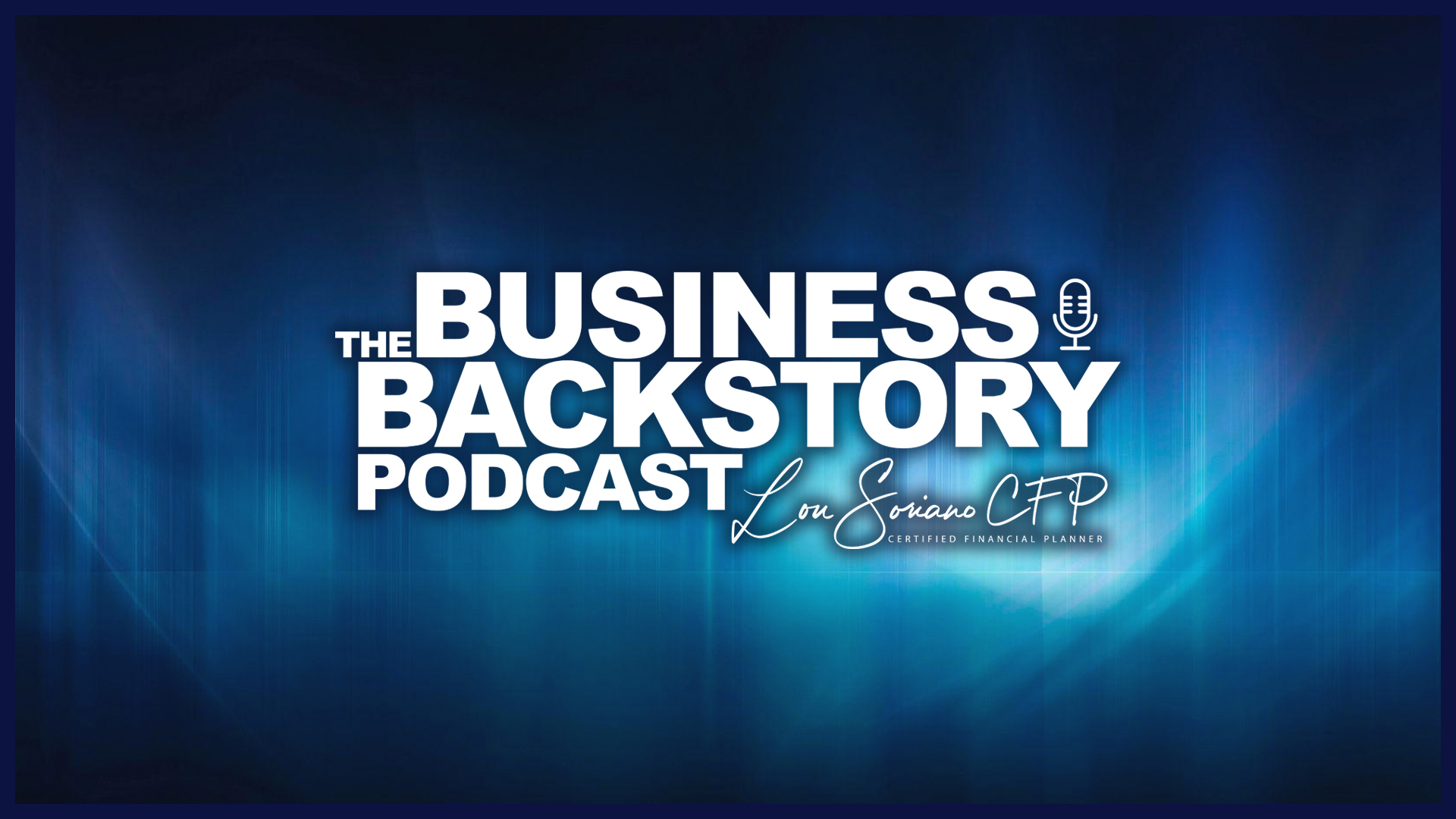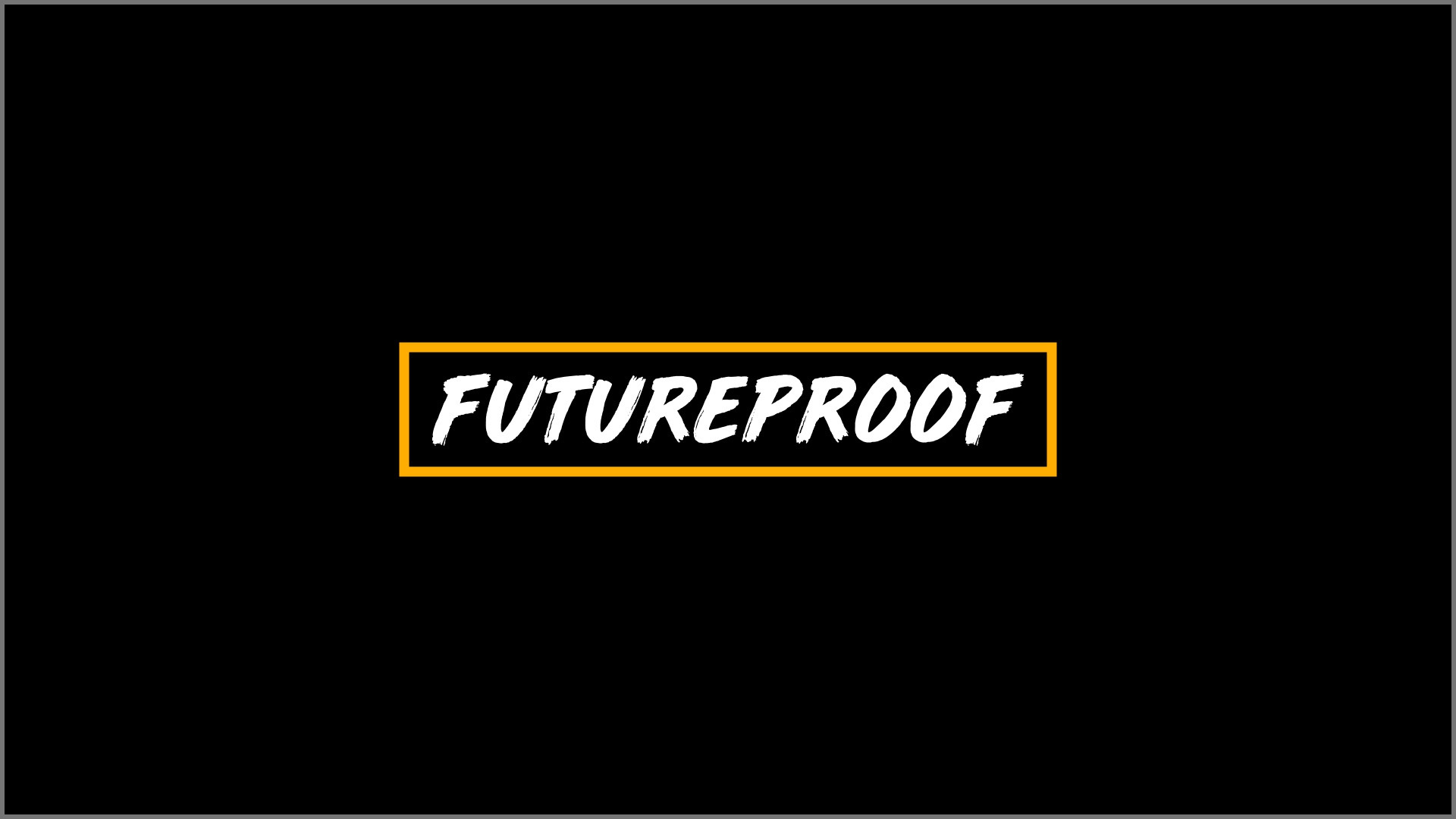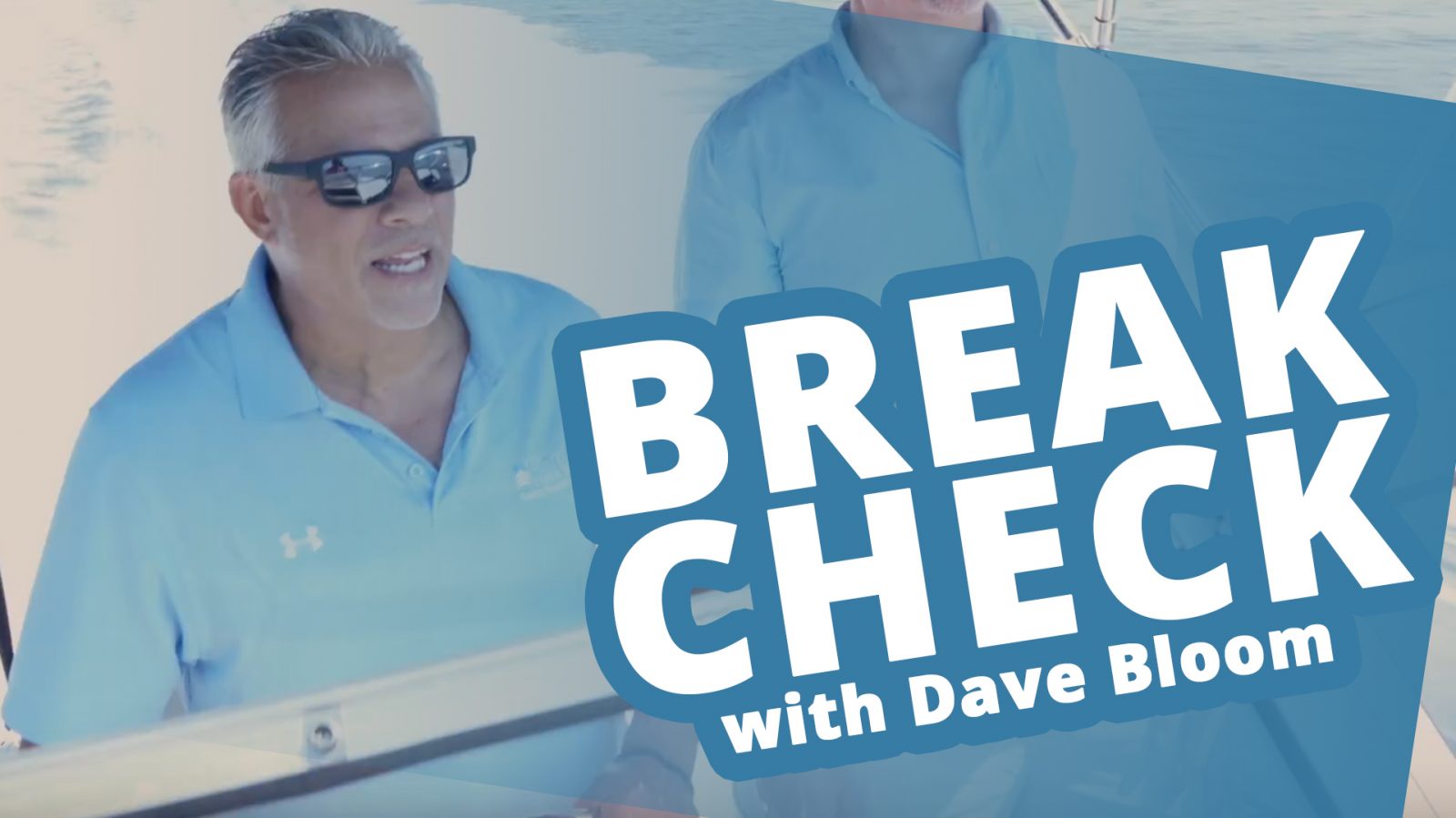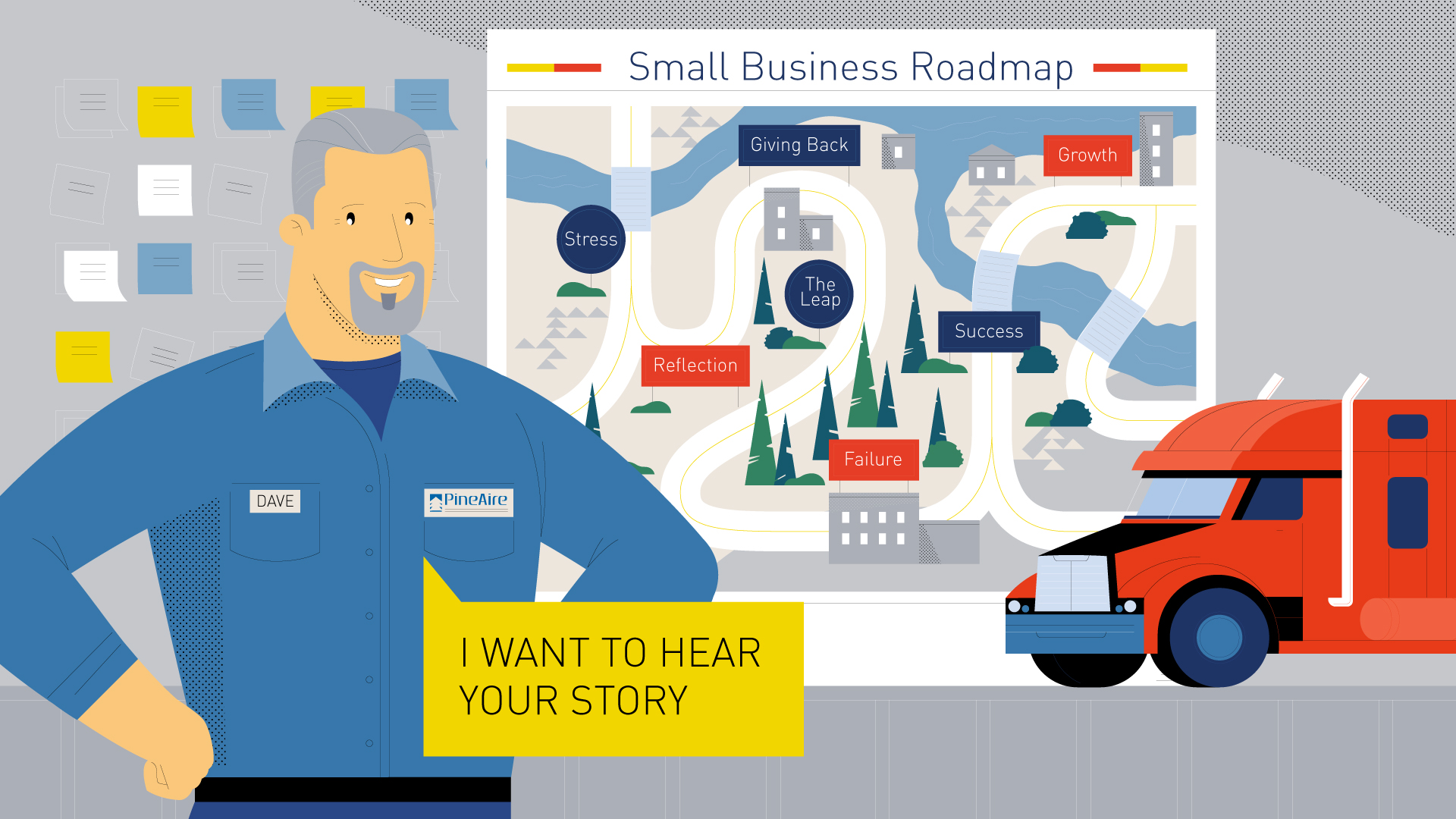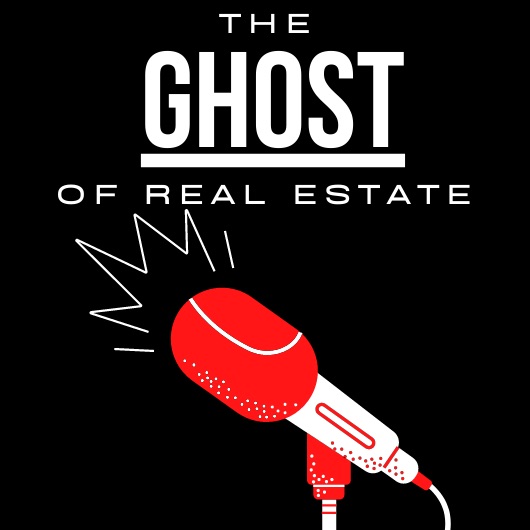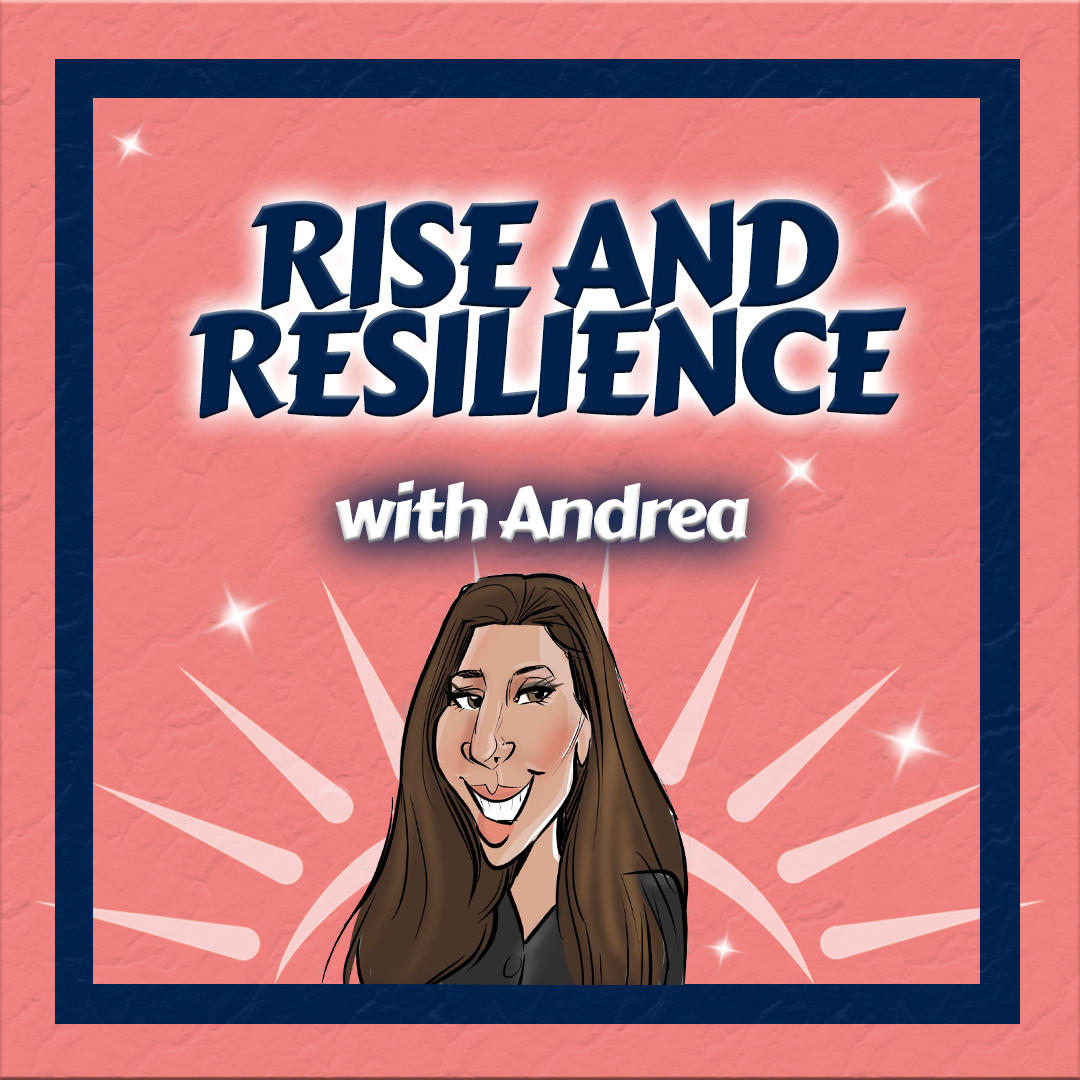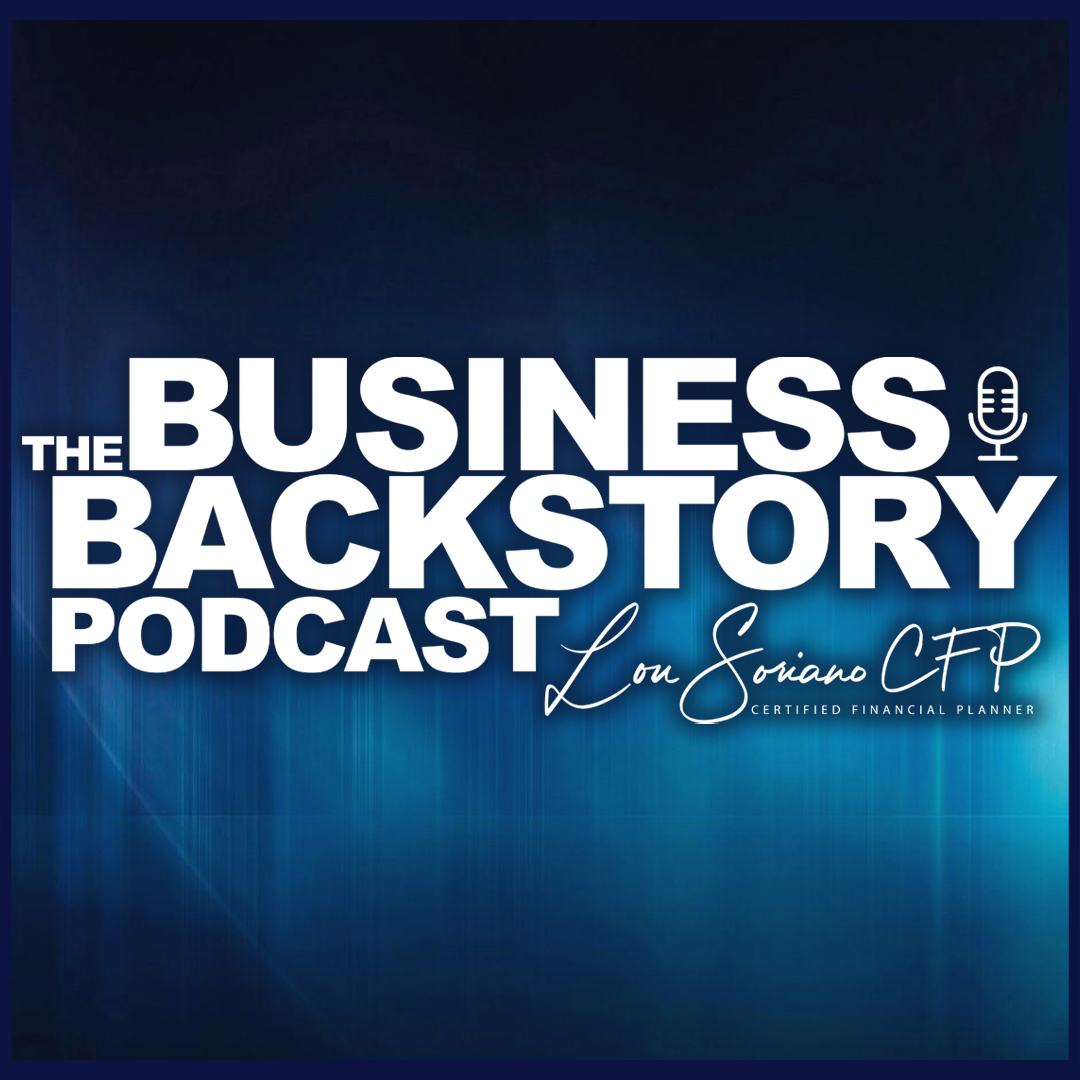
October 2020
4 Min Read
The Environment Report that Lives Forever, but Shouldn’t
Written by: Chuck Merritt
For some reason many in the real estate industry including buyers, sellers and even lending institutions believe an environmental report (and its findings), last forever even though other risk management tools like appraisals, credit reports and title insurance are constantly updated. Approximately once a week I receive an old report (sometimes decades old) in which I am asked to review and provide an opinion. Ironically, sometimes it is my own work product. At times it is a report prepared for a lender who gave a copy to the borrower at the closing. Now they are selling the property and provide a copy of the report to a buyer. The question I am asked is, “Can you certify this over to the person I am selling the property to?” In some cases, the new lending institutions will ask for a reliance letter on such a vintage report.
When this occurs, I try to educate the client as to why we cannot comply with the request. “Why not?” is typically the retort. The number one reason is the information may be very dated and not reflect the current environmental conditions at a property. The American Society of Testing Materials (ASTM) has been issuing standards to the environmental consulting industry every 5-8 years since 1994. Within the standard there is a 180-day (six month) shelf life. After that, new interviews and site reconnaissance is recommended along with updating the database requirements which lists important sites like state hazardous waste sites (SHWS) among other listings that could impact the property. In the new buyer scenario, that entity needs to have their own report as there are legal protections covered under the innocent landowner defense. Without a current ASTM report, that protection may be lost. Considering the price of a phase one report is between $2,000-$3,000, call it a cheap insurance policy to get that protection. So merely certifying an old report to a new buyer (or their lender) will not meet that threshold.
Another factor to consider is who the original report was prepared for? When working for a lending institution, the consultant retained should be looking at the risk through the prism of the lender. As there are many tools and legal instruments lenders can use to mitigate the risk, a consultant should be cognizant of that. For instance, if a state has an exemption for registering buried oil tanks due to the nature of the asset class (typically residential), a consultant should point that out. The lender can decide to request additional information or services such as soil borings or merely move past the issue with the knowledge that their borrower is “in compliance” with the oil tank regulations. Since banks may provide a copy of that report to the borrower at closing, the report can resurface several years later when the borrower decides to sell. One would think the buyer would like the opportunity to understand that the previous lender’s risk can be different than theirs if they become the property owner. New York is a buyer beware state and has a strict liability statue which means whoever is the property owner at the time contamination is discovered is the responsible party in the eyes of the regulators. The new buyer may decide not to proceed with additional testing, but this is a discussion that should happen within the parameters of a new environmental report.
Another risky scenario that arises is when a buyer wants to redevelop the property. So, relying on an old report that was part of a refinance can be woefully inaccurate to the risks that lay beneath the ground. Environmental consulting should be just that; consulting. That means understanding the needs of the client and advising them correctly. Not knowing or not asking if the client plans on redeveloping a site (especially in former industrial areas) can result in missing issues like impacted soil being present, whether or not the information in the phase one outlines that. Fill material is inherently present in many areas of New York City and the New Jersey coastline and when it is disturbed or being removed, it must be handled and disposed of legally. Just checking boxes on a phase one template may not bear out that potential risk. And when that client says, “I just need a report that my bank will accept so I can close,” it’s time to pick up the phone and explain why that is not really due diligence. Many construction jobs have been delayed or experienced escalated soil disposal costs by not anticipating this issue.
ASTM is currently working on the next version of the 1527 environmental standard which is scheduled to be released in 2021 (in which I am part of the committee). This group of dedicated professionals represent many who have spent decades in the environmental consulting arena. Since 1994 each new version of the standard brings out best practices that the industry has learned over the past quarter of a century. Topics such as All Appropriate Inquiry (AAI) and addressing the potential for vapors that may be present from current and past releases within a report have helped enhance the quality of the information provided to the end user.
So, if you are a buyer, accept the prior report from the seller as a guide but do not rely on the contents. And as a lender, require that a consultant on your approved list prepares a current report to the ASTM standards (as well as your own internal requirements). This will probably be the most inexpensive part of the closing costs and provide a valuable tool for your risk management practices.







